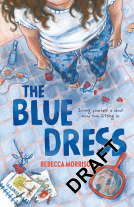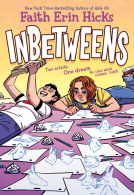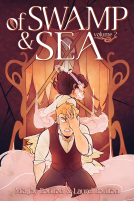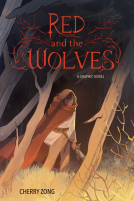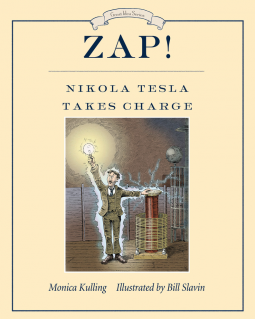
Zap! Nikola Tesla Takes Charge
by Monica Kulling
This title was previously available on NetGalley and is now archived.
Buy on Amazon
Buy on BN.com
Buy on Bookshop.org
*This page contains affiliate links, so we may earn a small commission when you make a purchase through links on our site at no additional cost to you.
Send NetGalley books directly to your Kindle or Kindle app
1
To read on a Kindle or Kindle app, please add kindle@netgalley.com as an approved email address to receive files in your Amazon account. Click here for step-by-step instructions.
2
Also find your Kindle email address within your Amazon account, and enter it here.
Pub Date Aug 02 2016 | Archive Date Aug 05 2016
Penguin Random House Canada | Tundra Books
Description
Growing up in Smiljan, Croatia, Nikola Tesla dreamed about harnessing the power of Niagara Falls. In 1884, he walked down the gangplank into the New York Harbor with four cents in his pocket, a book of poems, a drawing of a flying machine, and a letter of introduction to Thomas Edison, the "electrical wizard" of America. Upon meeting, Edison sent Tesla to fix the SS Oregon as a test and was so astounded that he offered Tesla a job at his factory.
Tesla and Edison had different views about electricity; Tesla wanted to develop an alternate current while Edison wanted to stick to the direct current system. Edison offered Tesla a large sum to make his direct current system more efficient, but when the work was done, Edison refused to pay. Tesla quit and when things were looking bleak, he met George Westinghouse, who also thought that alternating current was the way to light up America. He gave Tesla a job and in 1896, Tesla and Westinghouse built a generator at Niagara Falls that was able to send power as far as Buffalo, New York.
Tesla and Edison had different views about electricity; Tesla wanted to develop an alternate current while Edison wanted to stick to the direct current system. Edison offered Tesla a large sum to make his direct current system more efficient, but when the work was done, Edison refused to pay. Tesla quit and when things were looking bleak, he met George Westinghouse, who also thought that alternating current was the way to light up America. He gave Tesla a job and in 1896, Tesla and Westinghouse built a generator at Niagara Falls that was able to send power as far as Buffalo, New York.
Available Editions
| EDITION | Other Format |
| ISBN | 9781770495227 |
| PRICE | CA$19.99 (CAD) |
Average rating from 20 members
Readers who liked this book also liked:
Of Swamp & Sea Volume 2
Mia Jay Boulton; Laurel Boulton
Comics, Graphic Novels, Manga, Romance, Sci Fi & Fantasy
Mia Jay Boulton; Laurel Boulton
Comics, Graphic Novels, Manga, Romance, Sci Fi & Fantasy







